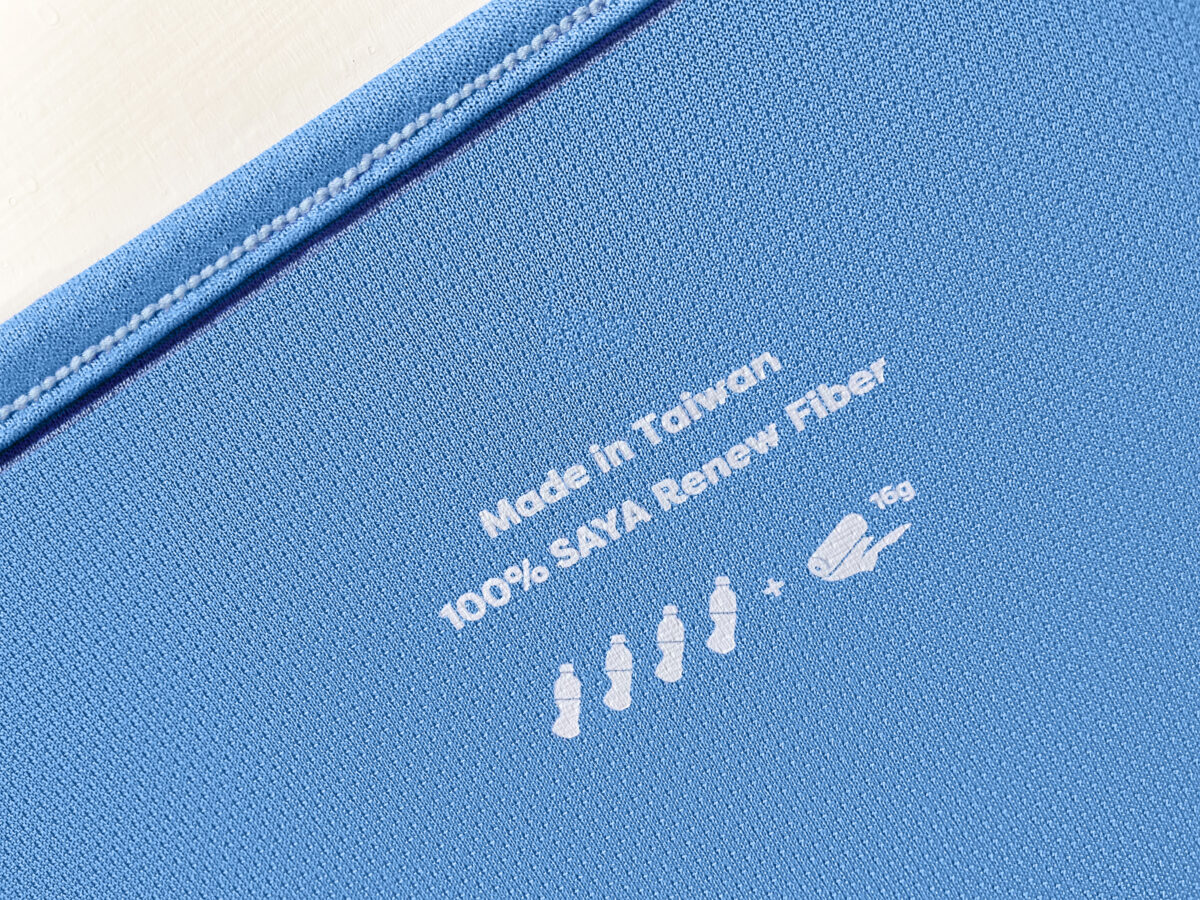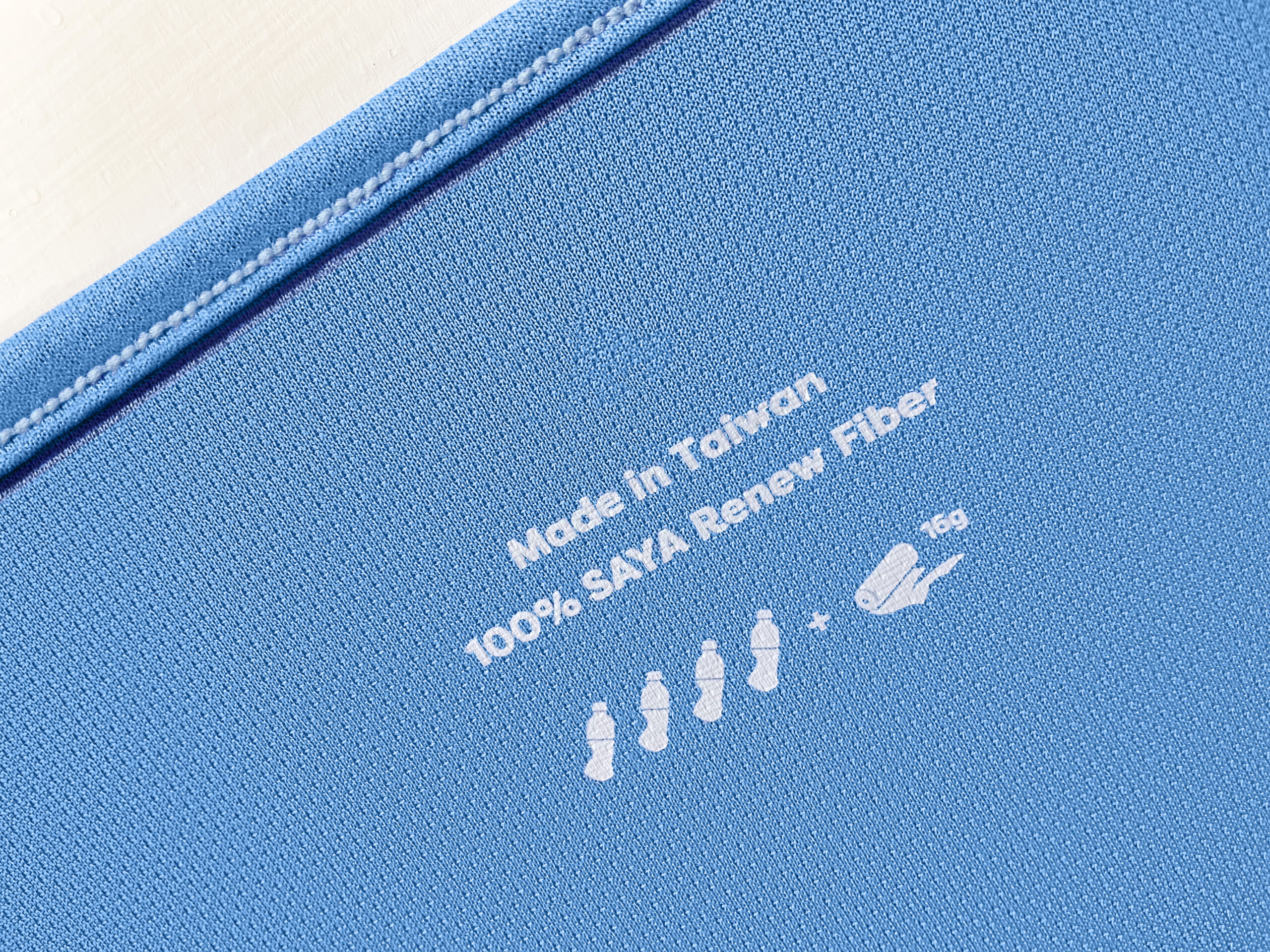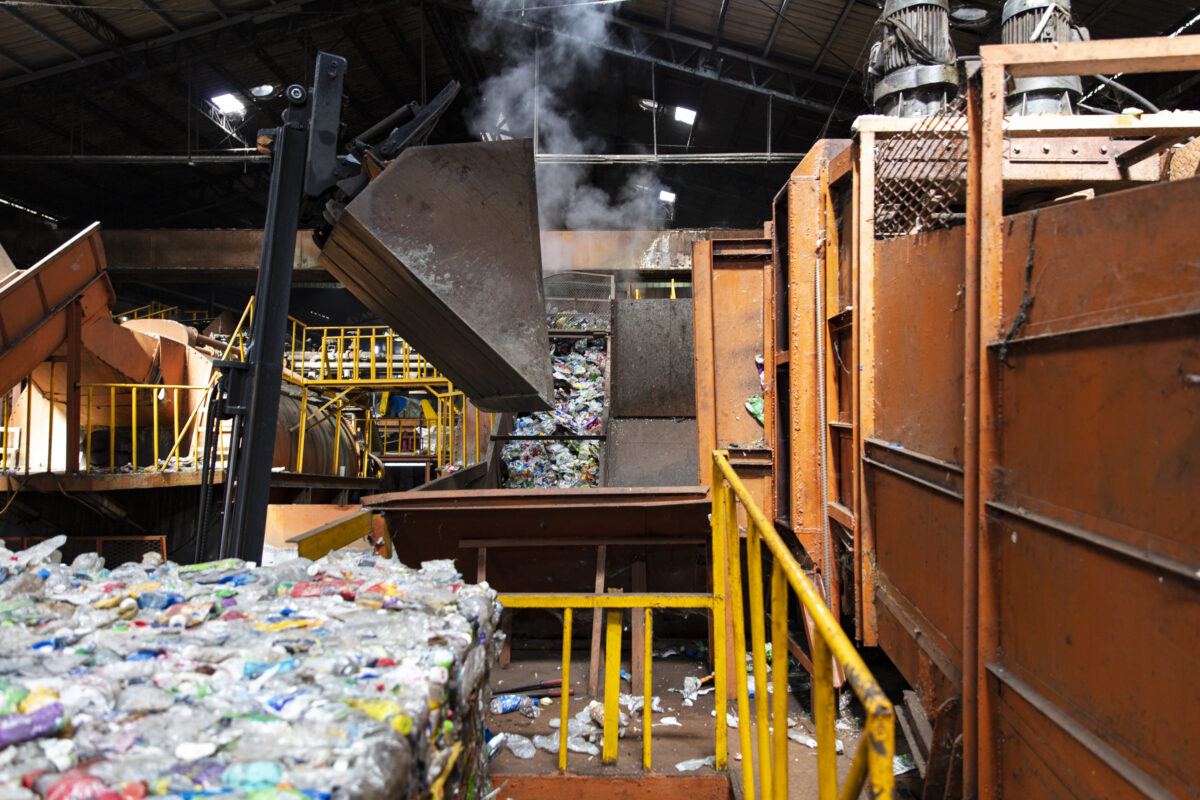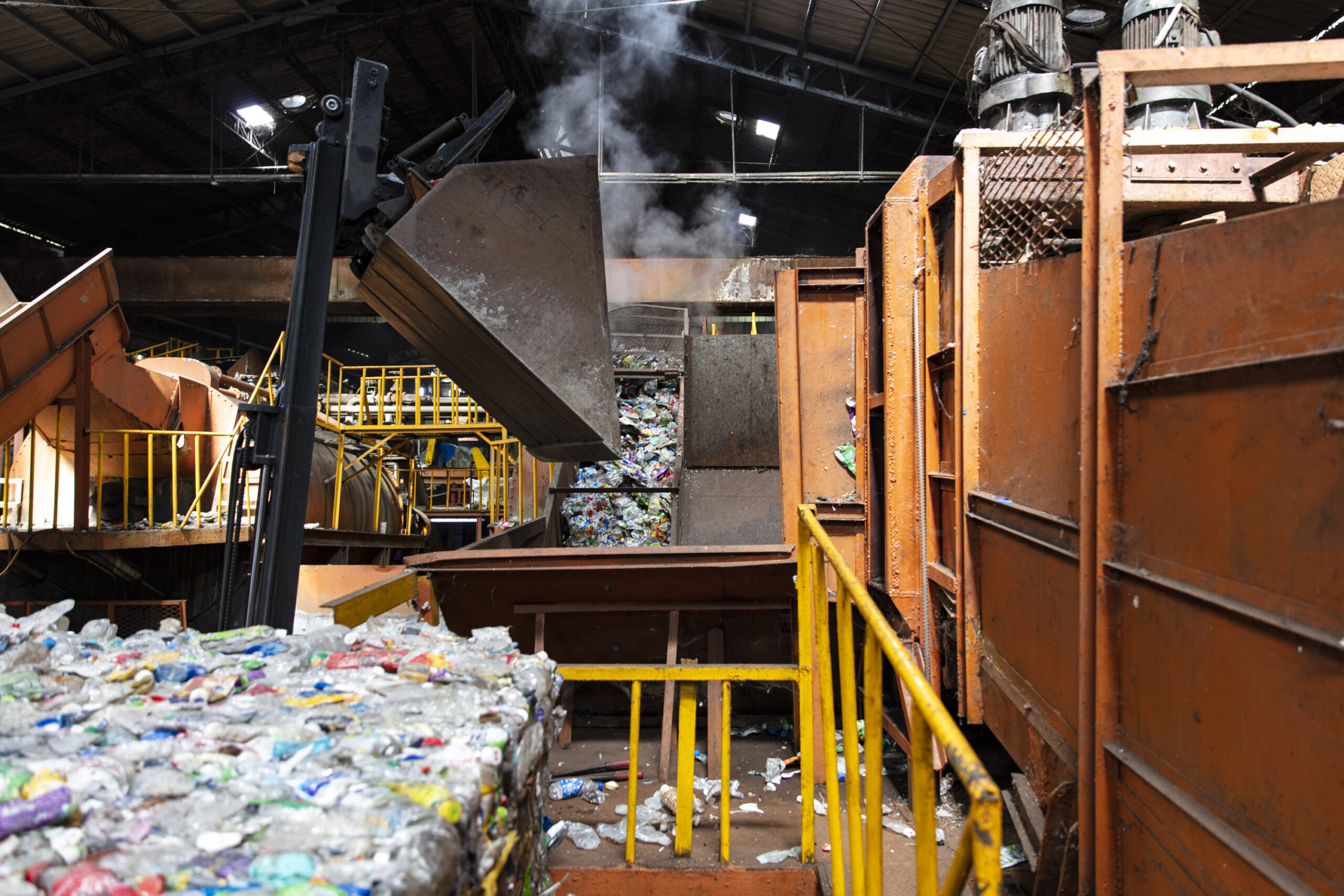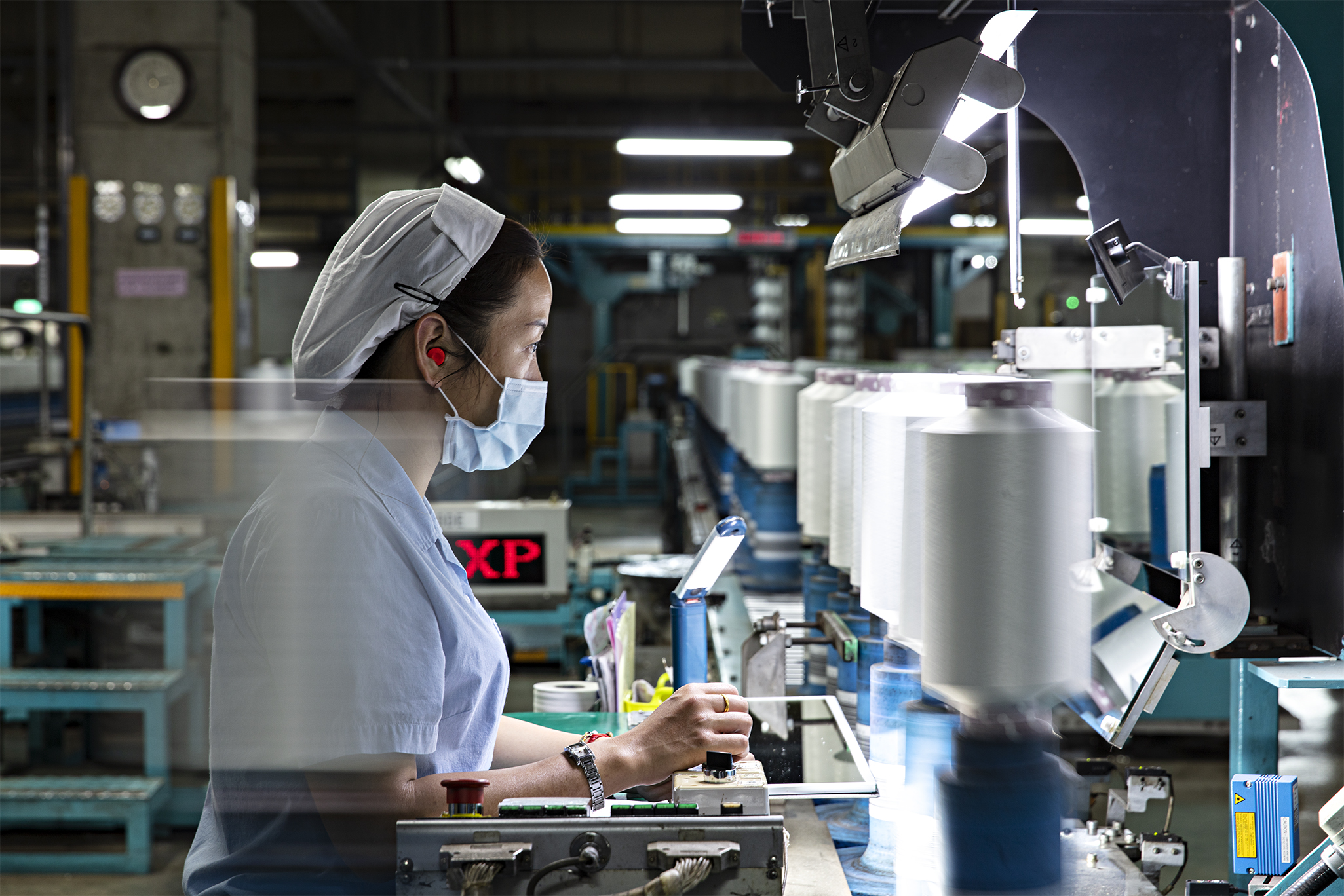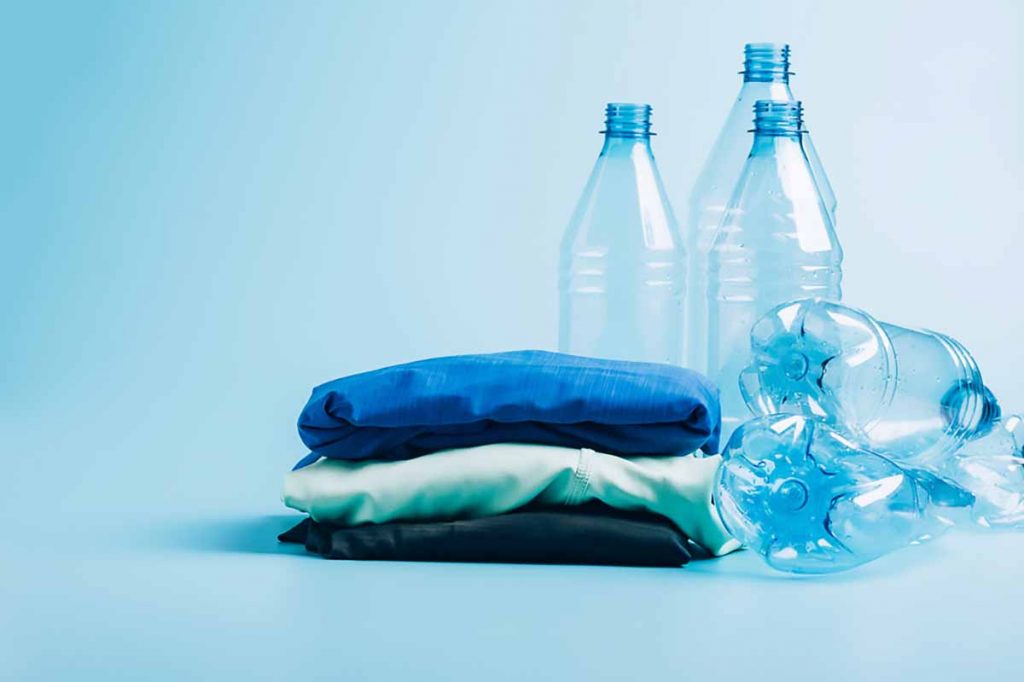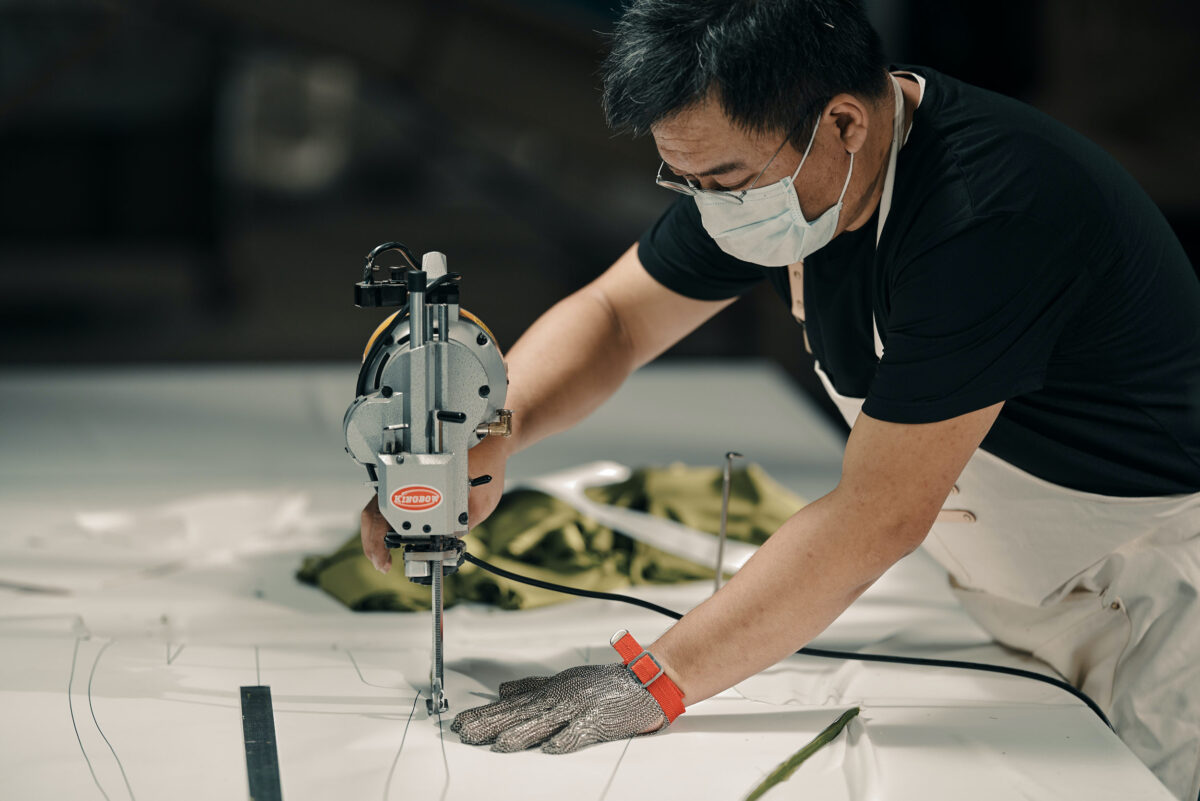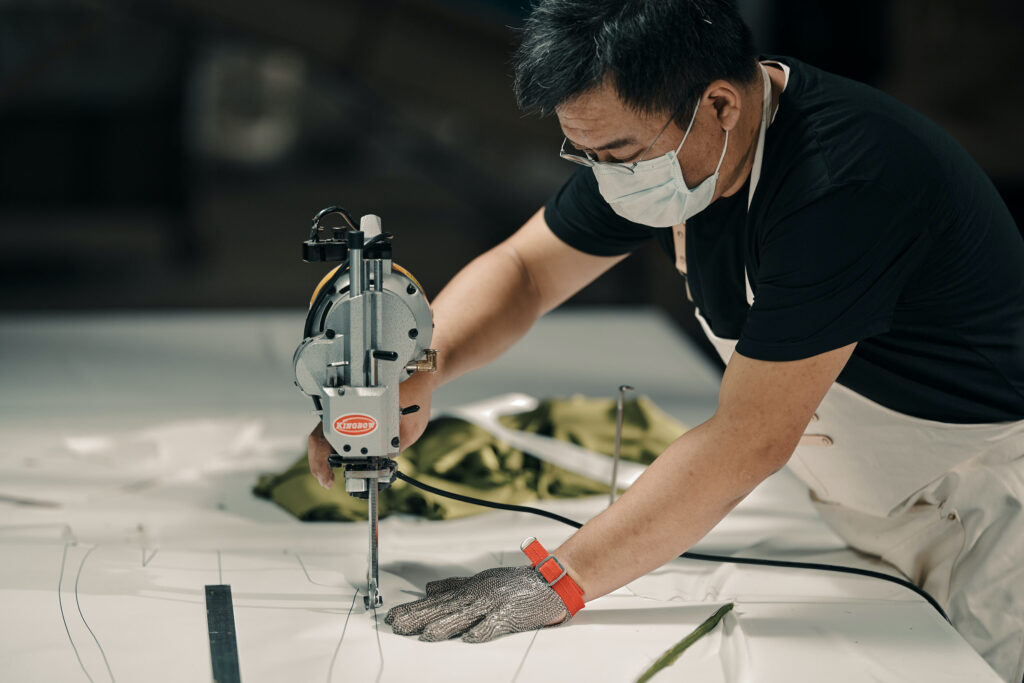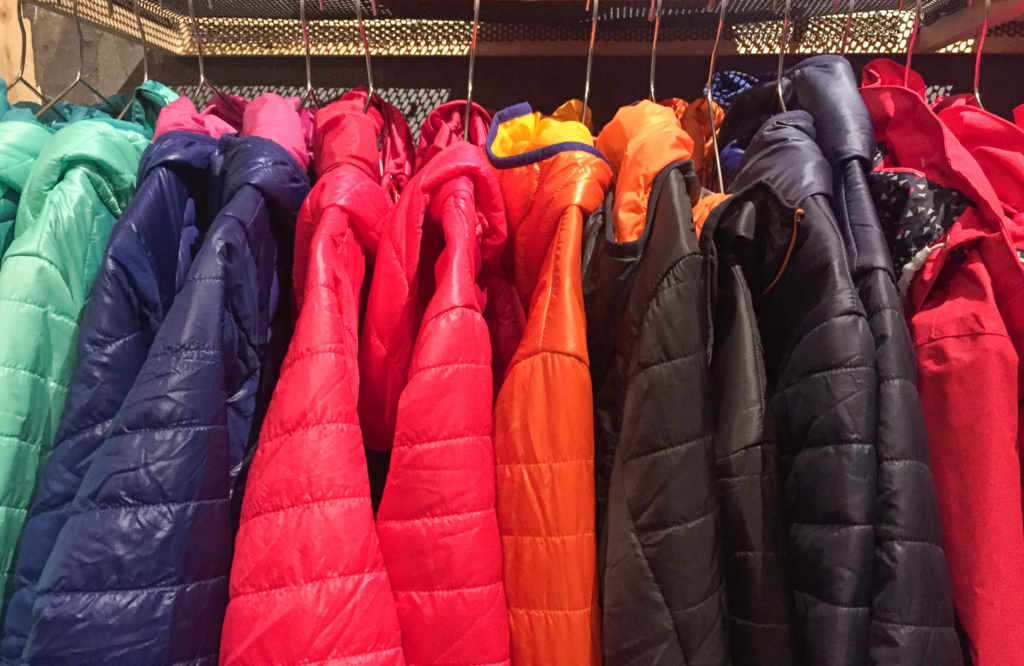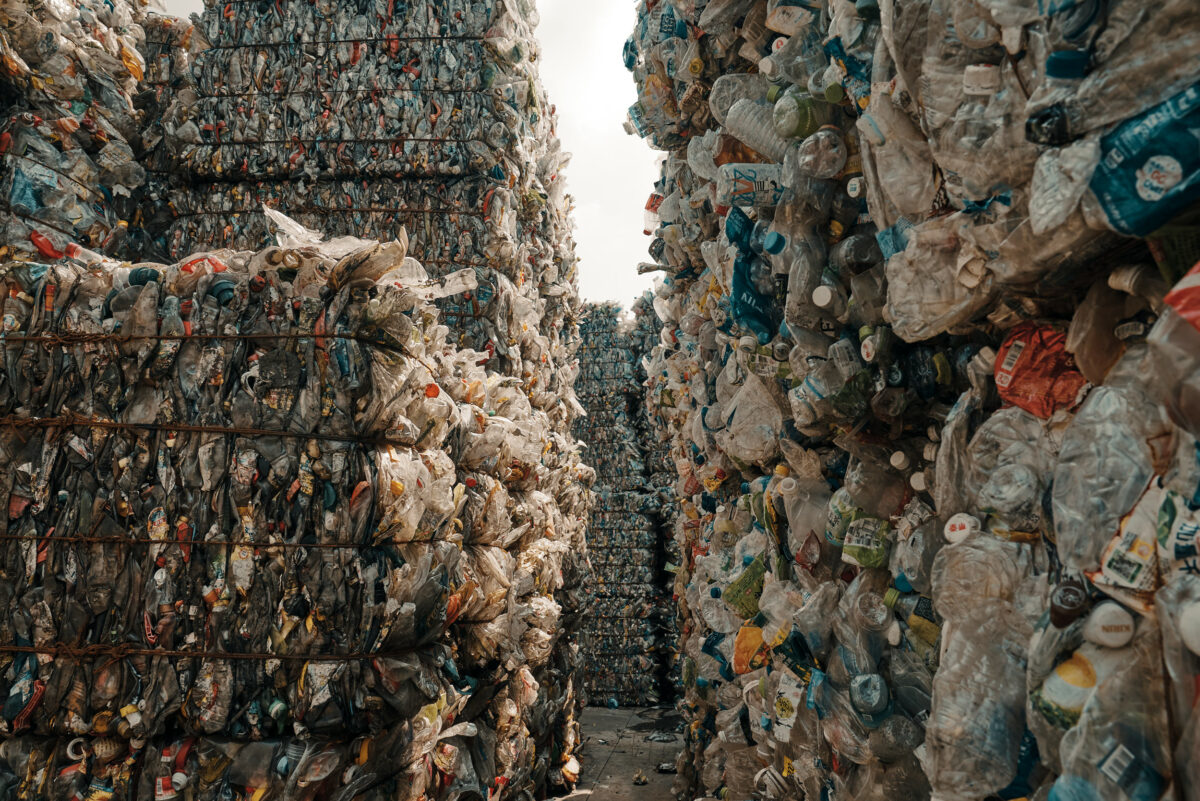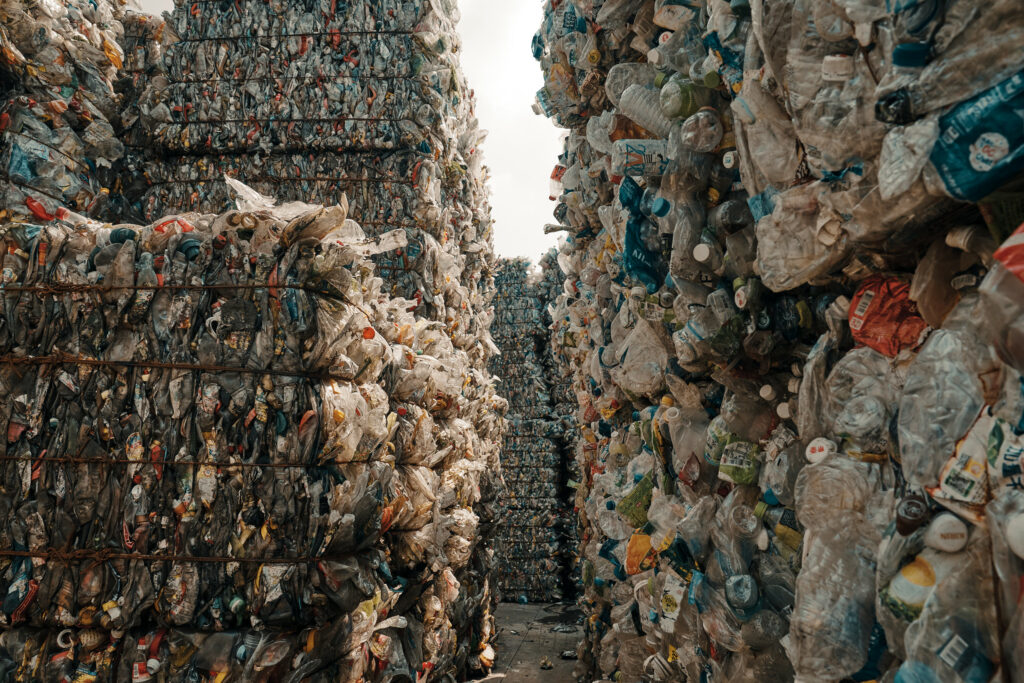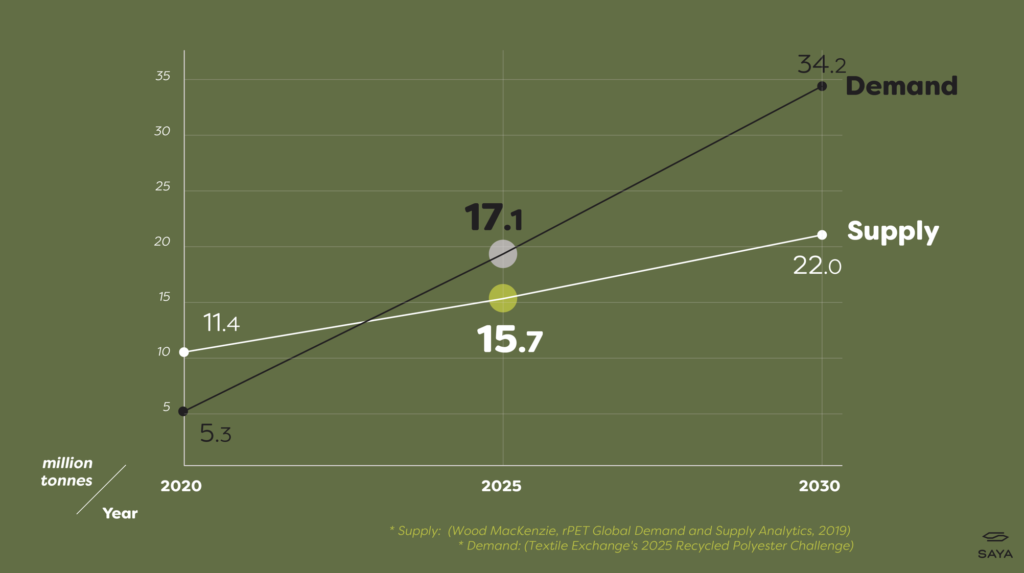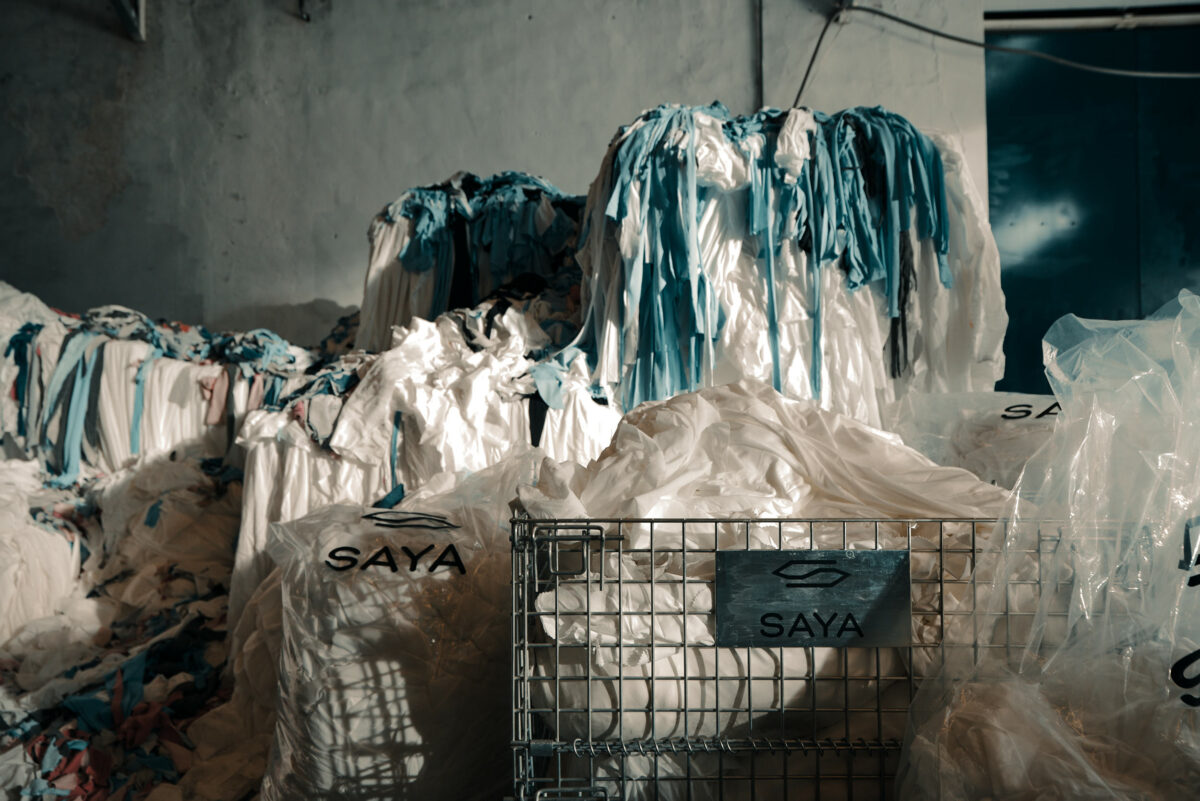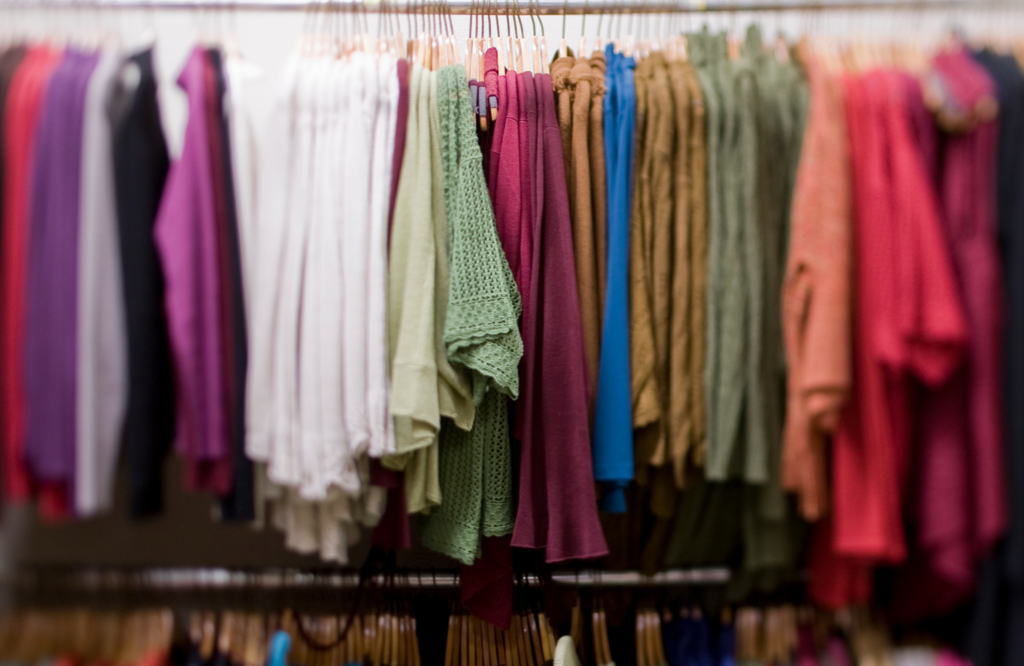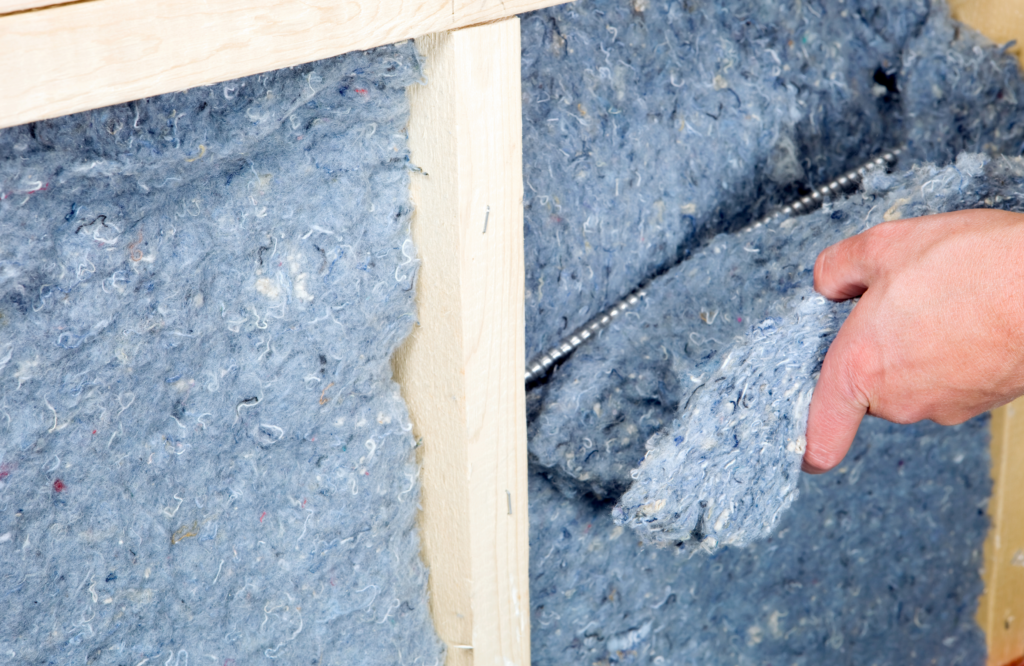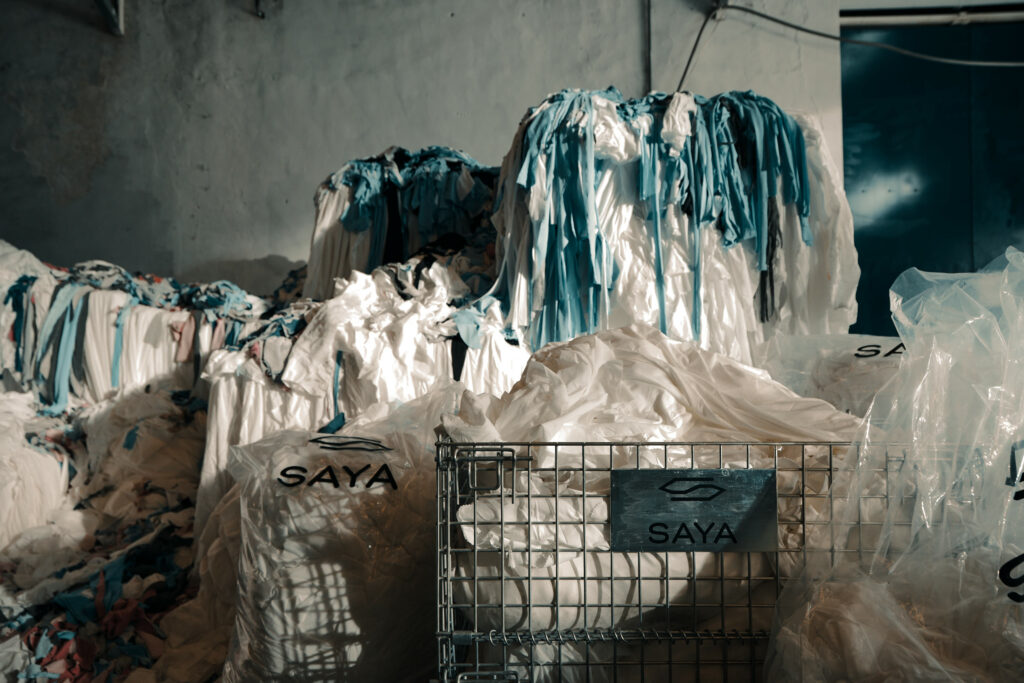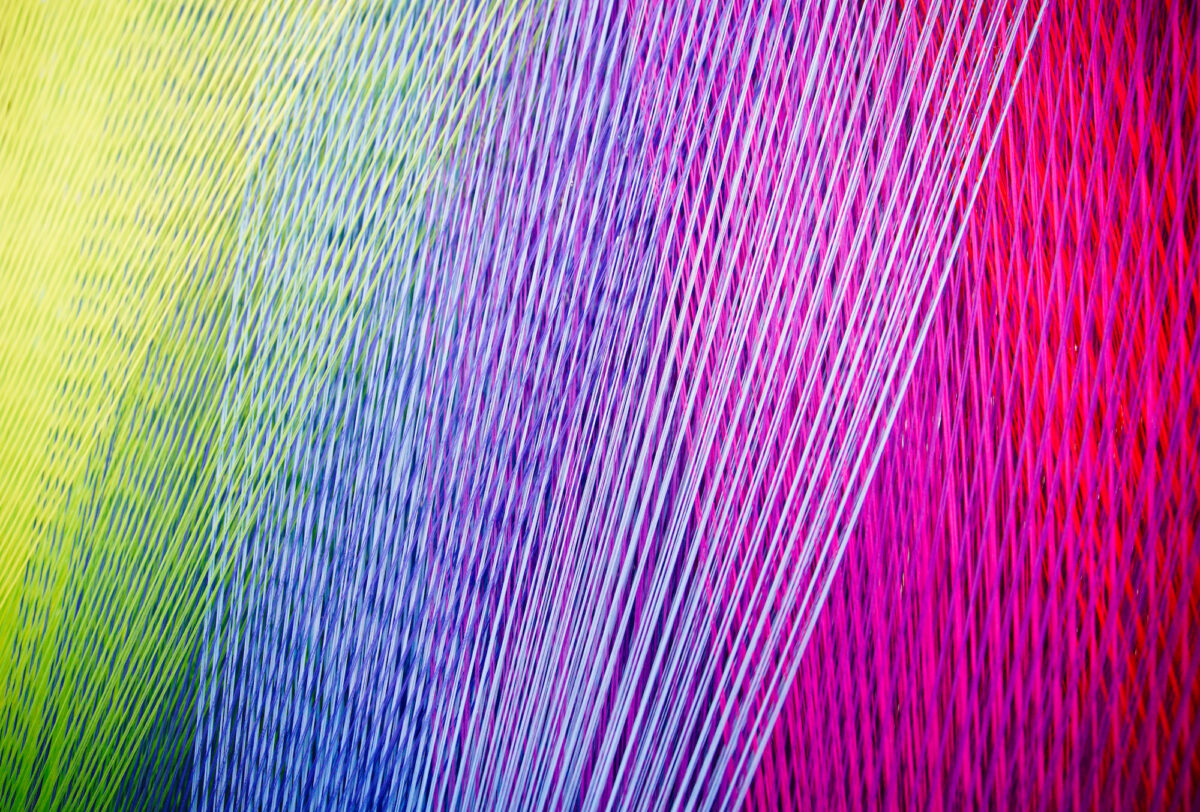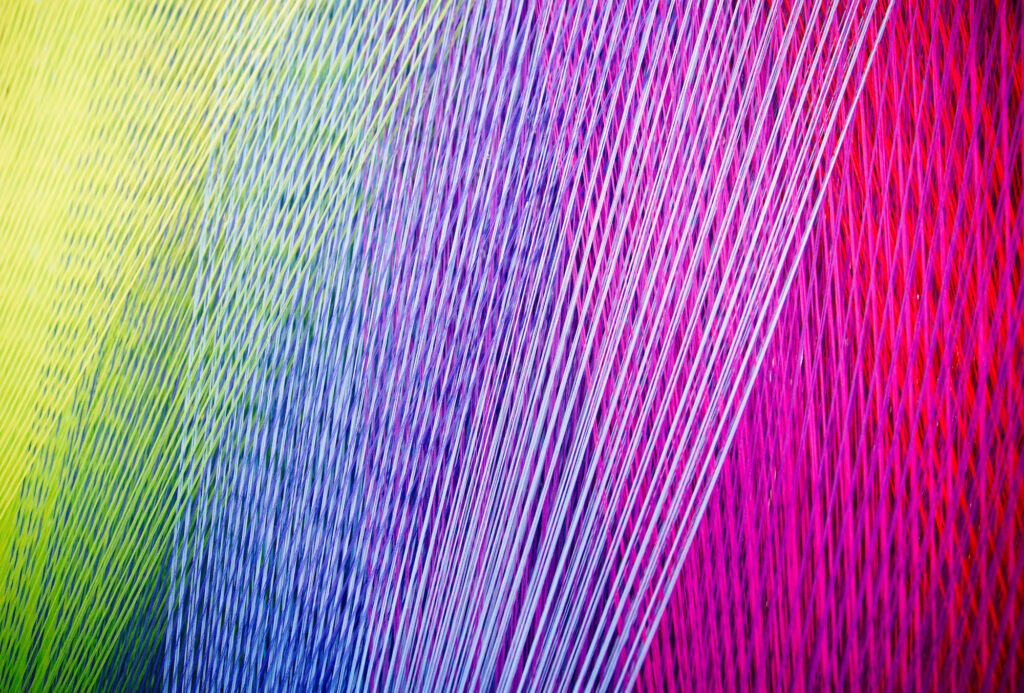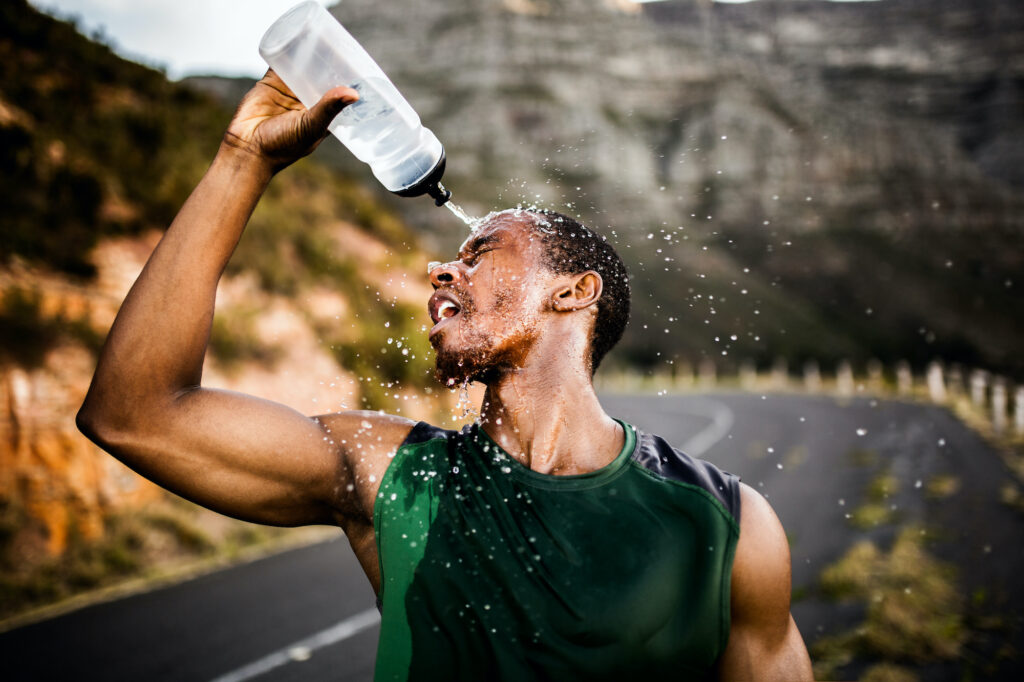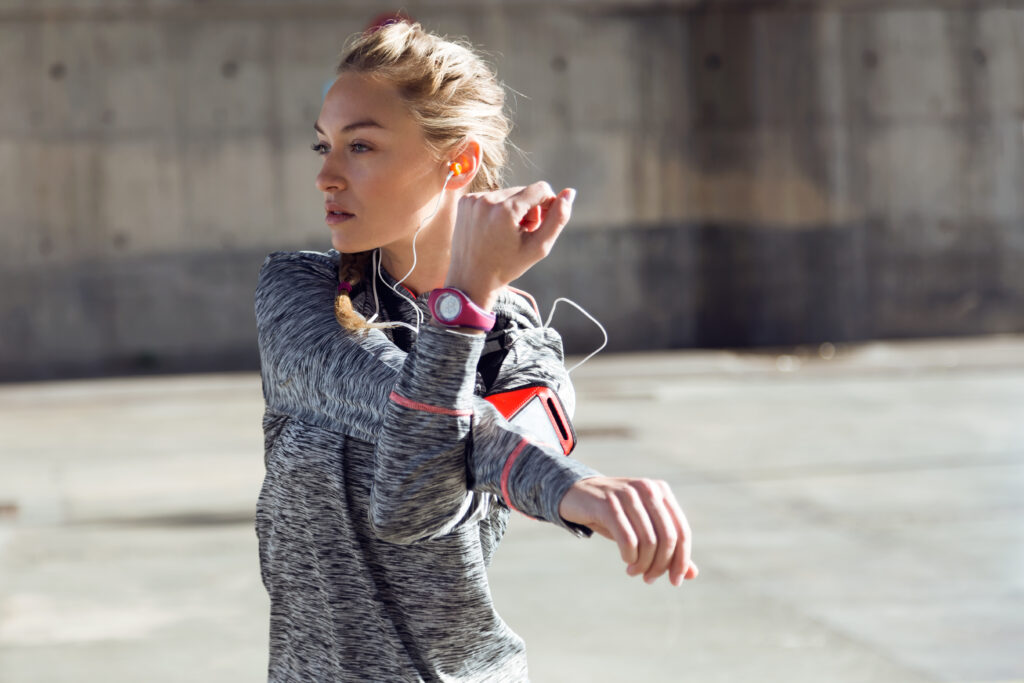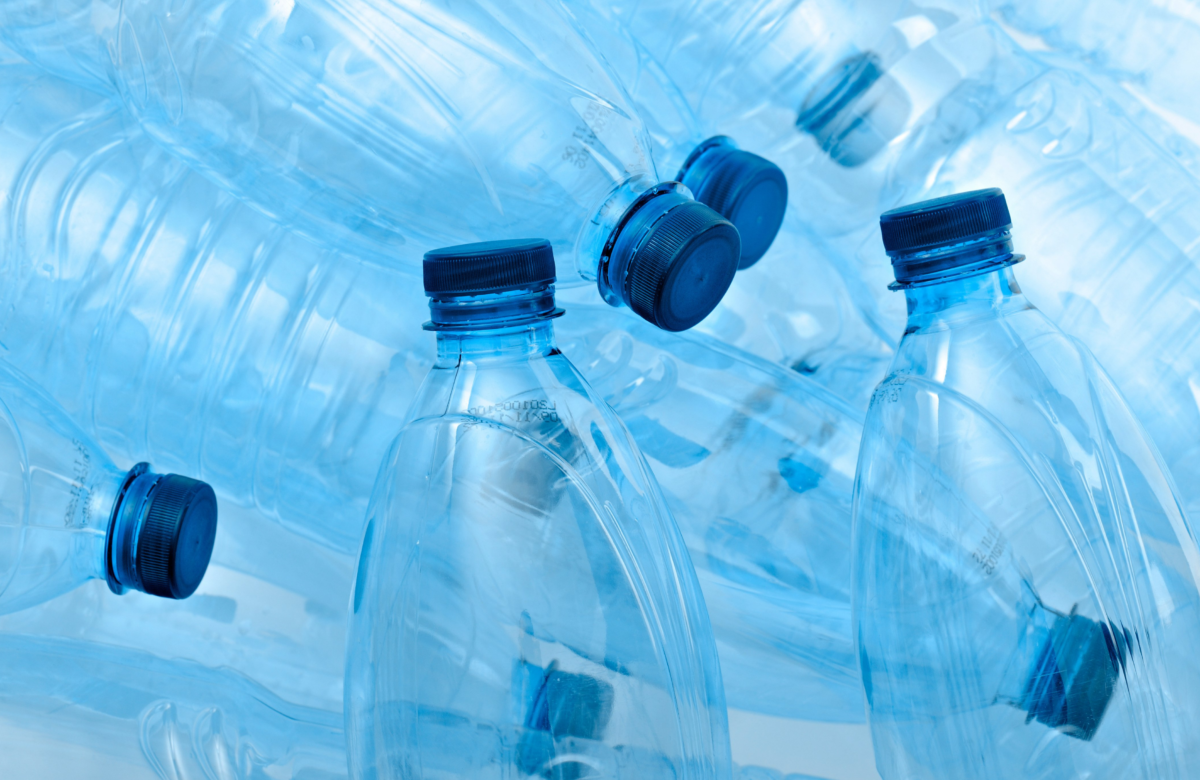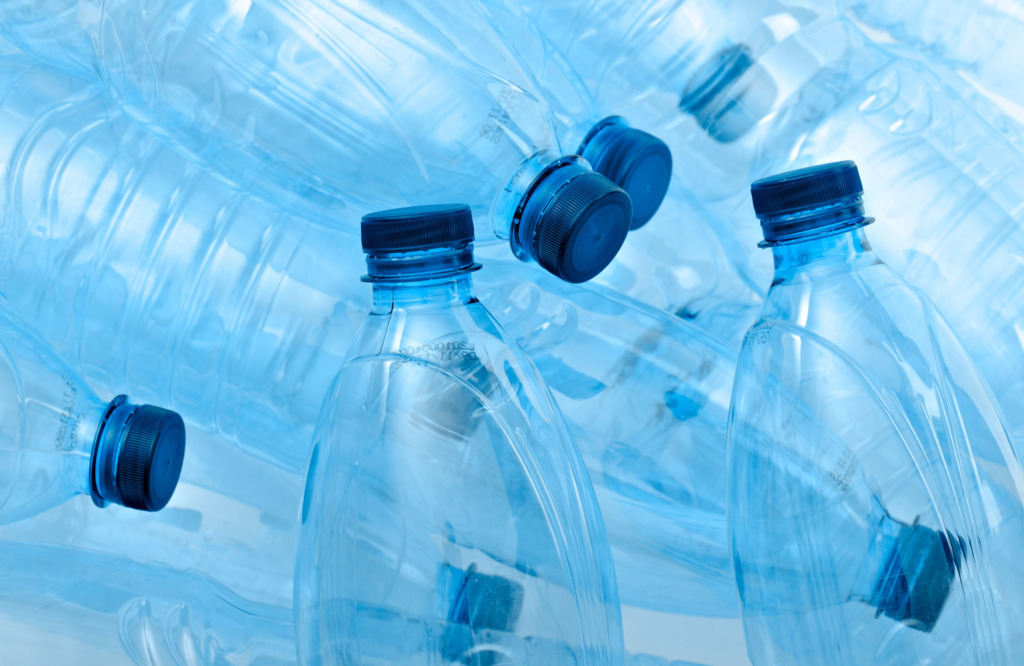南亞「SAYA餘創」獨家Chromuch®節水染色原著色絲──來自全球唯一獲Bluesign®認證原著聚酯色絲大廠
Nan Ya’s SAYA Presents Exclusive Chromuch® Water-Saving Dyed Filament—from the World’s Only Bluesign®-Certified Dope-Dyed Polyester Filament Factory

根據經濟部水利署資料顯示,台灣紡織產業佔工業用水量排名前十,被視為高耗水產業;而受國際永續趨勢影響,政府為達成《台灣2050淨零排放路徑及策略》將紡織業列為重點淨零轉型產業之一,各大國際品牌亦開始要求供應鏈減碳須達30 %,使得綠色製程一躍成為紡織業未來必須面對之重要課題。
According to data from the Water Resources Agency of the Ministry of Economic Affairs, Taiwan’s textile industry ranks among the top ten in industrial water usage and is considered a high water-consuming industry. Influenced by international sustainability trends, the government has designated the textile industry as a key sector for net-zero transformation to achieve the “Taiwan 2050 Net-Zero Emissions Pathway and Strategy.” Major international brands have also begun requiring a 30% reduction in carbon emissions from their supply chains. As a result, green manufacturing processes have become a critical issue that the textile industry must address in the future.
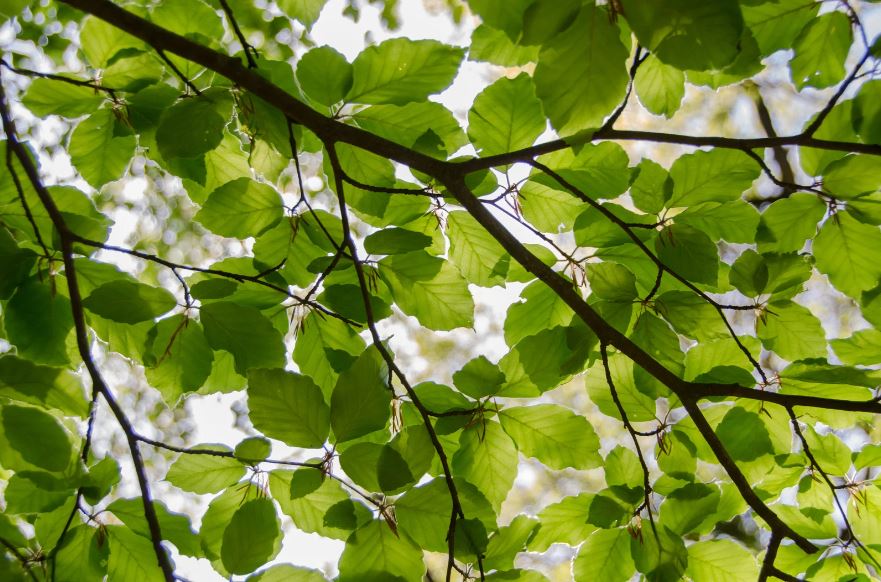
南亞塑膠旗下環保再生品牌「SAYA餘創」致力於解決產業困境,其中負責抽絲過程中加入色母的Dope Dye無水染色技術工廠,除了節能、省水、減碳,更是全球第一 家、也是唯一一家取得Bluesign®原著聚酯色絲大廠。Bluesign® 為紡織業最嚴苛之永續安全標準,廠內原物料、染料、助劑等相關製材皆不含有害物質,不僅保護生態環境,亦保障消費者使用安全,更大量減少傳統染整的耗水問題。這項運用在生產Chromuch®節水染色原著色絲的技術在環保、安全及永續性上,皆通過國際訂定的新世代生態環保規範高標準。
SAYA, a plastic/textile renewal eco-friendly brand by Nan Ya Plastics Corporation, is dedicated to addressing industry challenges. Our factory employs the innovative Dope Dye technology, incorporating color masterbatch during the spinning process. This waterless dyeing technique not only conserves energy and water and reduces carbon emissions, but also makes us the first and only factory in the world to obtain Bluesign® certification for dope-dyed polyester filaments.
Bluesign® is known as the most stringent sustainability and safety standard in the textile industry. All raw materials, dyes, and auxiliaries used in our factory are free from harmful substances, ensuring the protection of the ecosystem and consumer safety. Additionally, this technology significantly reduces the water consumption issues associated with traditional dyeing processes.
Our Chromuch® dope dyed filaments meet the high standards of new-generation eco-friendly regulations internationally, excelling in environmental protection, safety, and sustainability.
近年SAYA更持續專注於技術研發再進化,獨家打造Dope Dye無水染色升級版、具專利的「Chromuch®鎖色技術」,在製成「Chromuch®節水染色原著色絲」後除具備卓越的色牢度,並大幅提升成品的色域外,相較於傳統染程更節省了78%碳排量及97%水資源,等於染整1公斤的布料可省下62公斤水量,約可供應一人一個月的每日基本飲水。
In recent years, SAYA has continuously focused on advancing technology, exclusively developing the upgraded version of Dope Dye water-free dyeing and the patented “ChromShield™.” The resulting “Chromuch® Water-Saving Dyed Filament” not only boasts excellent color fastness and significantly enhanced color gamut but also saves 78% of carbon emissions and 97% of water resources compared to traditional dyeing processes. This means that dyeing 1 kilogram of fabric can save 62 kilograms of water, which is roughly equivalent to a month’s worth of daily drinking water for one person.
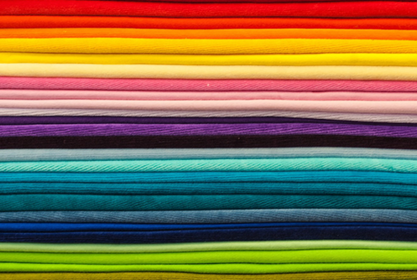
Chromuch®節水染色原著色絲的出現,證明SAYA領先全球的永續製程在鎖色技術上達成躍進式的突破;其專利芯鞘複合紡絲技術,能讓色域較傳統原著色絲多出82%,是為業界最廣,同時也展現顏料與染料優勢,兼具色彩飽和度及色牢度,使顏色更鮮活且具備極強耐久性,解決傳統抽紗色牢度佳、顏色選擇少或顏色選擇多、色牢度差、色彩易於製程中發生移染等問題;Chromuch®亦提供客製色紗服務,光是單純的黑色就有高達12個種類可選擇,以符合不同品牌對於黑的需求,且能依照快乾、抗菌、抗UV、防寒保暖等不同需求進行機能化處理,使永續、色彩、機能需求一次滿足,因而獲得多家國際品牌青睞,被廣泛應用在服飾與鞋材等商品中,將台灣品牌先進技術及永續經營的堅強實力發揚至國際舞台。
南亞「SAYA餘創」致力於尋求創新的永續解決方案以應對紡織業所面臨的各種挑戰,除了從商品本身材質落實永續外,更注重減少製造過程對環境帶來的衝擊。Chromuch®節水染色原著色絲採用經Bluesign認證的原料,並對生產流程進行全面且持續地檢視優化,嚴格遵守環保標準,經歷多次專家現場審核,成為全球首家榮獲Bluesign國際認證之產業永續標竿,而這項創新技術將成為紡織業永續發展的重要里程碑,冀透過全台獨有的Chromuch®專利技術逆風成長,將產業劣勢轉換為優勢,以堅強的實力與國際接軌,突破困境、實踐ESG永續生活願景,創造出設計與環境共存的永續循環經濟。
SAYA, a brand by Nan Ya, is committed to seeking innovative sustainable solutions to address the various challenges faced by the textile industry. Beyond ensuring sustainability in the materials used for products, SAYA emphasizes reducing the environmental impact of the manufacturing process. Chromuch® Water-Saving Dyed Filament utilizes Bluesign®-certified raw materials and undergoes comprehensive and continuous optimization of the production process, strictly adhering to environmental standards. After multiple on-site audits by experts, it has become the first in the world to receive the Bluesign® international certification, setting a benchmark for industry sustainability.
This innovative technology represents a significant milestone for sustainable development in the textile industry. With Taiwan’s exclusive Chromuch® patented technology, SAYA aims to turn industry disadvantages into advantages, achieve robust growth, align with international standards, and overcome challenges. By promoting the vision of ESG (Environmental, Social, and Governance) sustainable living, SAYA creates a sustainable circular economy where design and the environment coexist harmoniously.
歡迎追蹤我們的LinkedIn,即時了解我們的近況/Follow us on LinkedIn to stay updated with our latest developments:https://www.linkedin.com/company/sayarenew

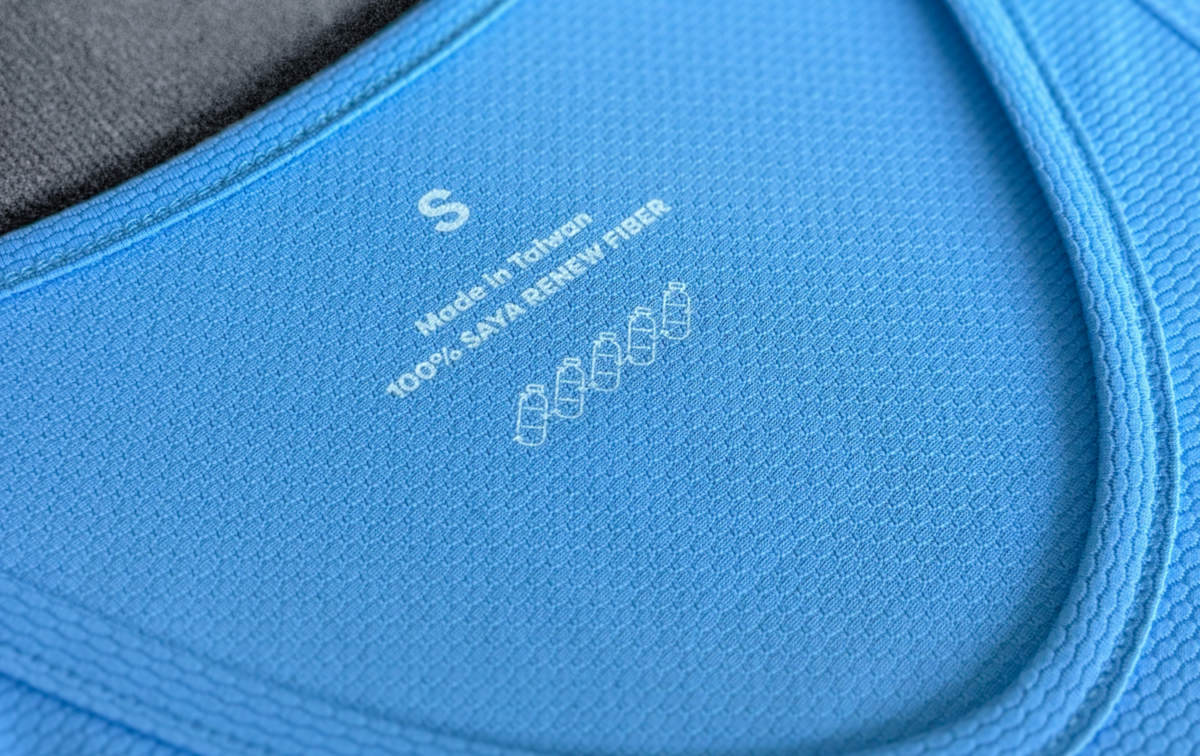
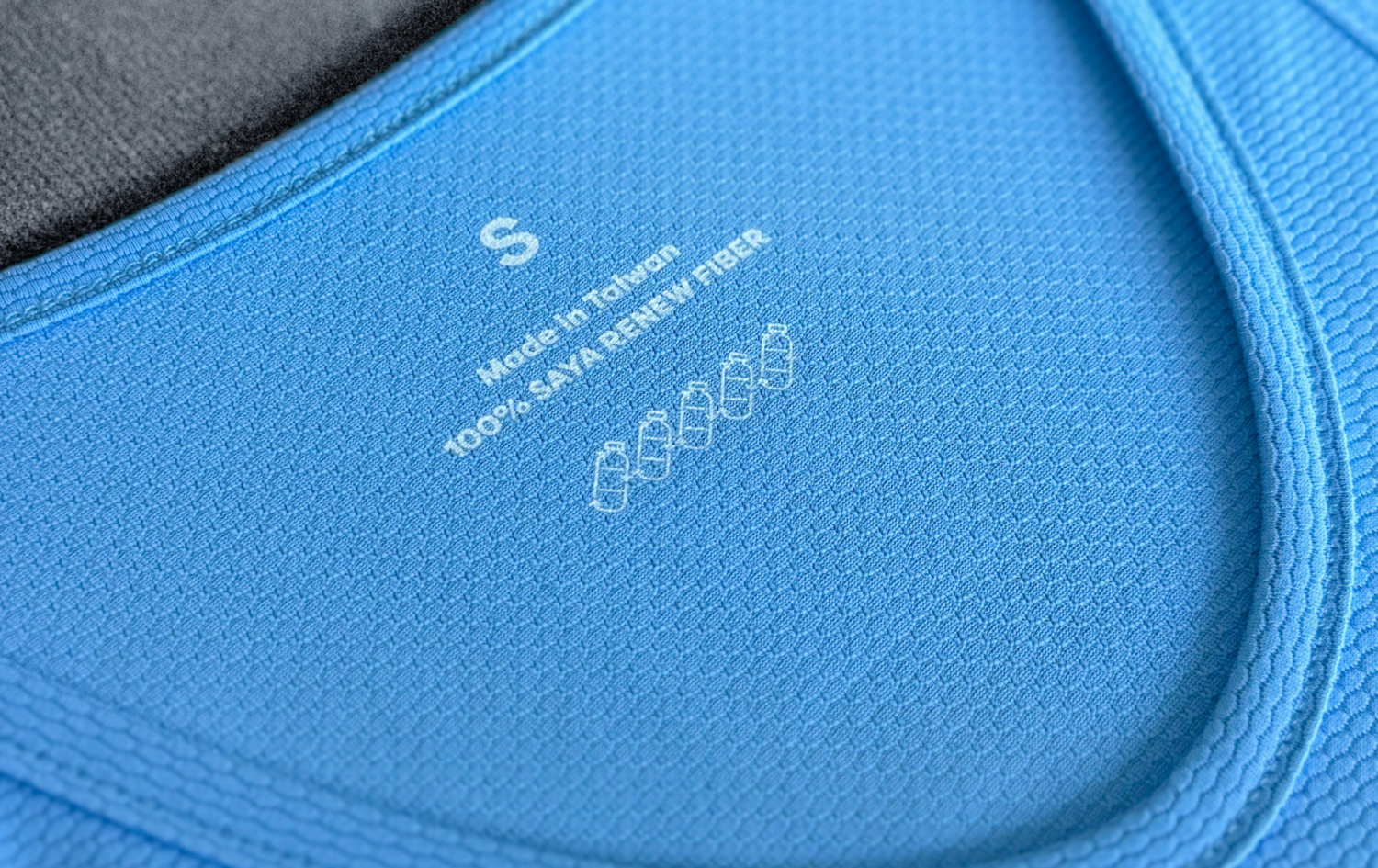 2024台北101垂直馬拉松將於五月舉行!台北101垂直馬拉松(Taipei 101 Run Up)是一場以台北101大樓作為比賽場地的登高賽,91層樓、2046階、高度390公尺的獨特形式馬拉松,自2005年開辦以來就在國際馬拉松界享負盛名。本次賽事被國際登高協會(Towerrunning World Association)列為世界冠軍賽(World Championships 2024),預計將吸引許多國際好手前來共襄盛舉。
2024台北101垂直馬拉松將於五月舉行!台北101垂直馬拉松(Taipei 101 Run Up)是一場以台北101大樓作為比賽場地的登高賽,91層樓、2046階、高度390公尺的獨特形式馬拉松,自2005年開辦以來就在國際馬拉松界享負盛名。本次賽事被國際登高協會(Towerrunning World Association)列為世界冠軍賽(World Championships 2024),預計將吸引許多國際好手前來共襄盛舉。